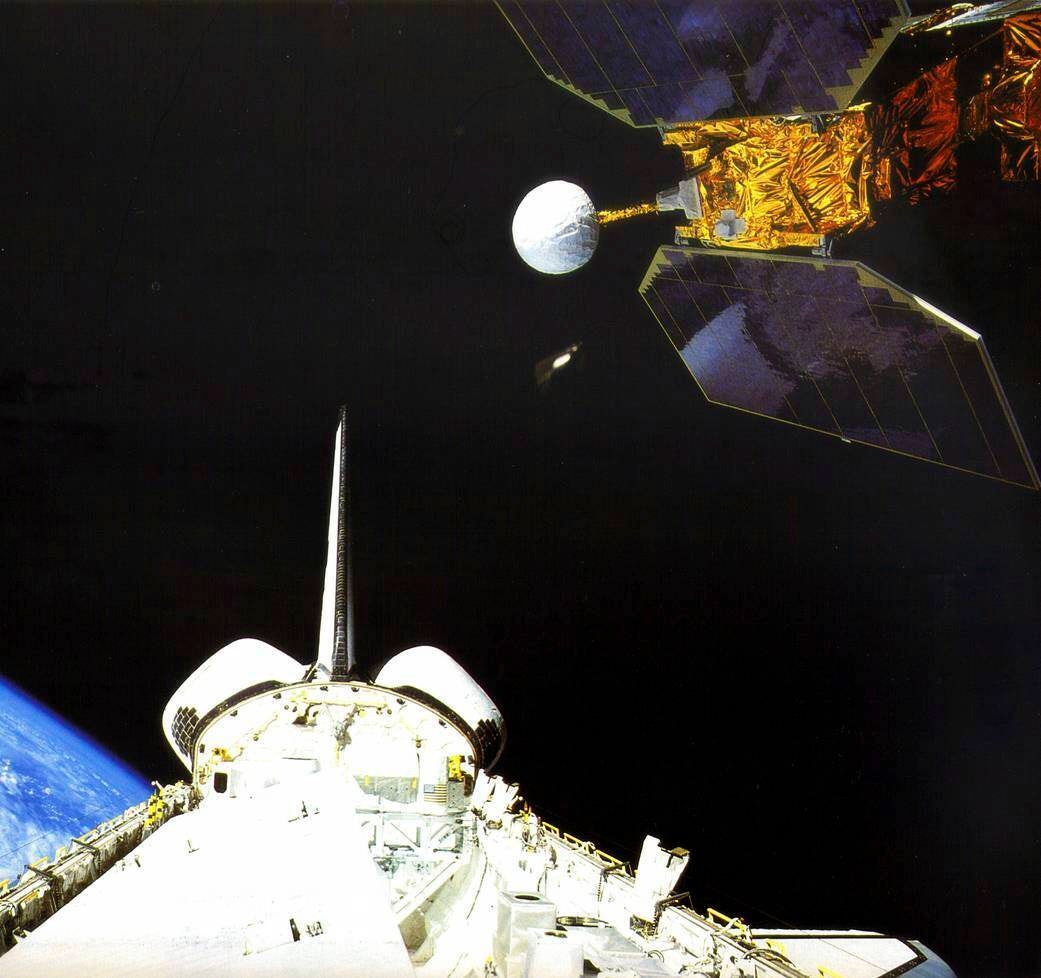Old NASA satellite falls harmlessly from sky off Alaska
After almost 40 years circling Earth, a NASA satellite has plunged harmlessly through the atmosphere

After almost 40 years circling Earth, a retired NASA science satellite plunged harmlessly through the atmosphere off the coast of Alaska, NASA reported Monday.
The Defense Department confirmed that the satellite — placed in orbit in 1984 by astronaut Sally Ride — reentered late Sunday night over the Bering Sea, a few hundred miles from Alaska. NASA said it's received no reports of injury or damage from falling debris.
Late last week, NASA said it expected most of the 5,400-pound (2,450-kilogram) Earth Radiation Budget Satellite to burn up in the atmosphere, but that some pieces might survive. The space agency put the odds of falling debris injuring someone at 1-in-9,400.
Space shuttle Challenger carried the satellite into orbit and the first American woman in space set it free. The satellite measured ozone in the atmosphere and studied how Earth absorbed and radiated energy from the sun, before being retired in 2005, well beyond its expected working lifetime.
___
The Associated Press Health and Science Department receives support from the Howard Hughes Medical Institute’s Science and Educational Media Group. The AP is solely responsible for all content.
Bookmark popover
Removed from bookmarks